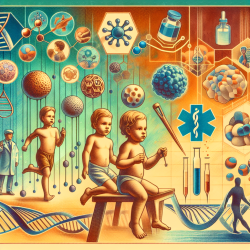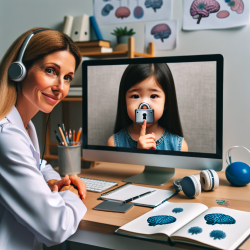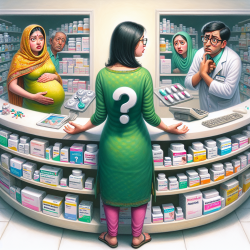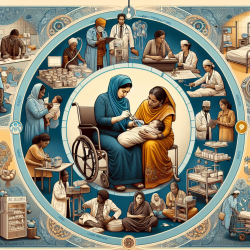Introduction
In the rapidly evolving landscape of healthcare, cell and gene therapies (CGTs) represent a groundbreaking advancement. These therapies offer new hope for patients with previously untreatable conditions, particularly children with genetic disorders. However, the high cost and complexity of these therapies pose significant challenges. A recent study titled Introducing Biosimilar Competition for Cell and Gene Therapy Products provides valuable insights into how biosimilar competition could potentially lower prices and improve access to these therapies. This blog will explore how practitioners can leverage these findings to enhance their practice and outcomes for children.
Understanding the Research
The study highlights several key challenges in introducing biosimilar competition for CGTs:
- Regulatory Challenges: The complexity of CGTs makes it difficult to meet the regulatory requirement of ‘high similarity with no clinically meaningful differences’.
- Manufacturing Challenges: High production costs and lack of standardized platforms are significant obstacles.
- Intellectual Property Barriers: Patents and trade secrets can hinder biosimilar market entry.
- Market Size Limitations: Small patient populations can limit market incentives for biosimilar development.
Implementing Research Outcomes
Practitioners can take several steps to leverage the findings of this research:
- Advocate for Standardization: Encourage the adoption of standardized manufacturing processes to reduce costs and streamline biosimilar development.
- Engage in Policy Discussions: Participate in discussions with policymakers to address regulatory and intellectual property barriers.
- Educate Stakeholders: Inform patients, families, and other healthcare providers about the potential benefits of biosimilar CGTs to build support for their adoption.
- Conduct Further Research: Collaborate with researchers to explore innovative solutions to the challenges identified in the study.
Encouraging Further Research
While the study provides a comprehensive overview of the challenges and opportunities in introducing biosimilar competition for CGTs, further research is needed to explore specific strategies for overcoming these barriers. Practitioners are encouraged to engage with academic and industry partners to conduct research that addresses these critical issues.
Conclusion
The introduction of biosimilar competition in the field of cell and gene therapy holds the promise of making these life-changing treatments more accessible and affordable for children. By understanding and implementing the findings of the recent study, practitioners can play a pivotal role in driving this transformation. For those interested in delving deeper into the research, the original paper can be accessed here: Introducing biosimilar competition for cell and gene therapy products.










